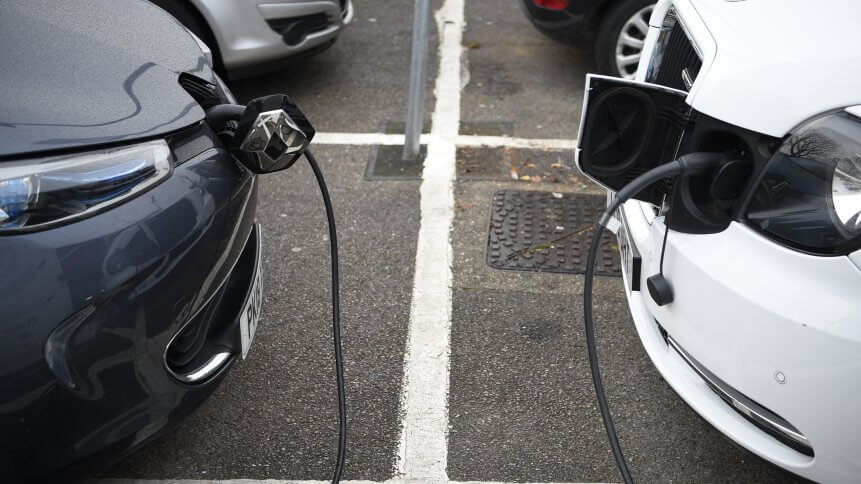Why 2020 was a breakthrough year for electric vehicles — and 2021 will be even bigger

- 2020 saw the lowest number of annual car sales for nearly a decade
- For electric vehicles, 2020 was a landmark year for electric vehicles — representing almost 5% of all new car sales in 2020
- Even technologies affiliated with EVs enjoyed some impressive advancements of their own
The year 2020 may have been a tough one for the automotive industry; however, the electric vehicles (EVs) sector has been experiencing explosive growth. Nearly every major manufacturer and group has already announced or recently debuted their new and upcoming EVs. Last year alone, over 3.1 million units of EVs were sold globally, at an increase of 39% year-on-year (YoY), a recent report from Canalys shows. This is on the back of a 14% sales decline of the total passenger car market in 2020.
“Covid-19-related lockdowns and travel restrictions affected the automotive industry terribly in the first half of 2020, and again in parts of the world at the end of 2020. Car sales fell by 14% in 2020, coming in at 66.5 million vehicles, the lowest number of annual sales for nearly a decade,” the report reads. While sales of passenger cars sank, 2020 was a very different sort of year for EVs. The share of EVs sold in the total passenger car market grew to 4.5%. Canalys also forecasts that a total of 30 million EVs will be sold by 2028 and EVs will represent nearly half of all passenger cars sold globally by 2030.
Automotive chief analyst Chris Jones said, “In a tough 2020 for the automotive industry, the strong demand for EVs has been a real bright spot. This will continue around the world in 2021 and beyond, despite the economically adverse conditions”.
The rise of electric vehicles in 2020 and their affiliated technologies
Jones noted that EVs represented almost 5% of all new car sales in 2020 and are forecasted to reach over 7% of new car sales worldwide in 2021, a further 66% growth. In short, the number of EVs sold may exceed 5 million units this year. Approximately 1.3 million EVs were sold in both China and Europe in 2020, four times the EV sales in the US. “EV sales in the US represented just 2.4% of new cars sold there, despite it being home to Tesla, the world’s leading EV manufacturer. Even policies from a more supportive US government won’t change things overnight,” said Jones.
EV sales will continue to grow throughout the decade, with Canalys forecasting that EVs will represent 48% of all new cars sold in 2030. “Rapid growth will continue as more electric vehicles launch and governments set and maintain policies to stimulate EV production and sales. Reducing ‘range anxiety’ with increases in performance and charging infrastructure will be vital to entice more buyers,” said Canalys VP Sandy Fitzpatrick.
Fitzpatrick reckons that the automotive industry is currently facing crippling semiconductor shortages, so managing future supply chains and production systems to cope with the growth will be made or break for any electric vehicle strategies.” Even technologies affiliated to EVs such as the battery technologies that power them and the transportation infrastructure that leverages them enjoyed some impressive advancements of their own.
The key to the sales success of EVs is their lowering price point and the performance of their batteries — both are looking more appealing to the average consumer, according to the World Economic Forum (WEF). The average price of a vehicle battery pack fell from US$1,160 in 2010 to US$156 in 2019. In terms of battery life, Volkswagen recently set a range record of 531km on an ID.3 test drive. However, EV infrastructure also needs to be in place if these technological advances are going to be effective. By 2040, WEF noted around 290 million charging points need to be deployed, requiring about $500 billion in investment globally.










